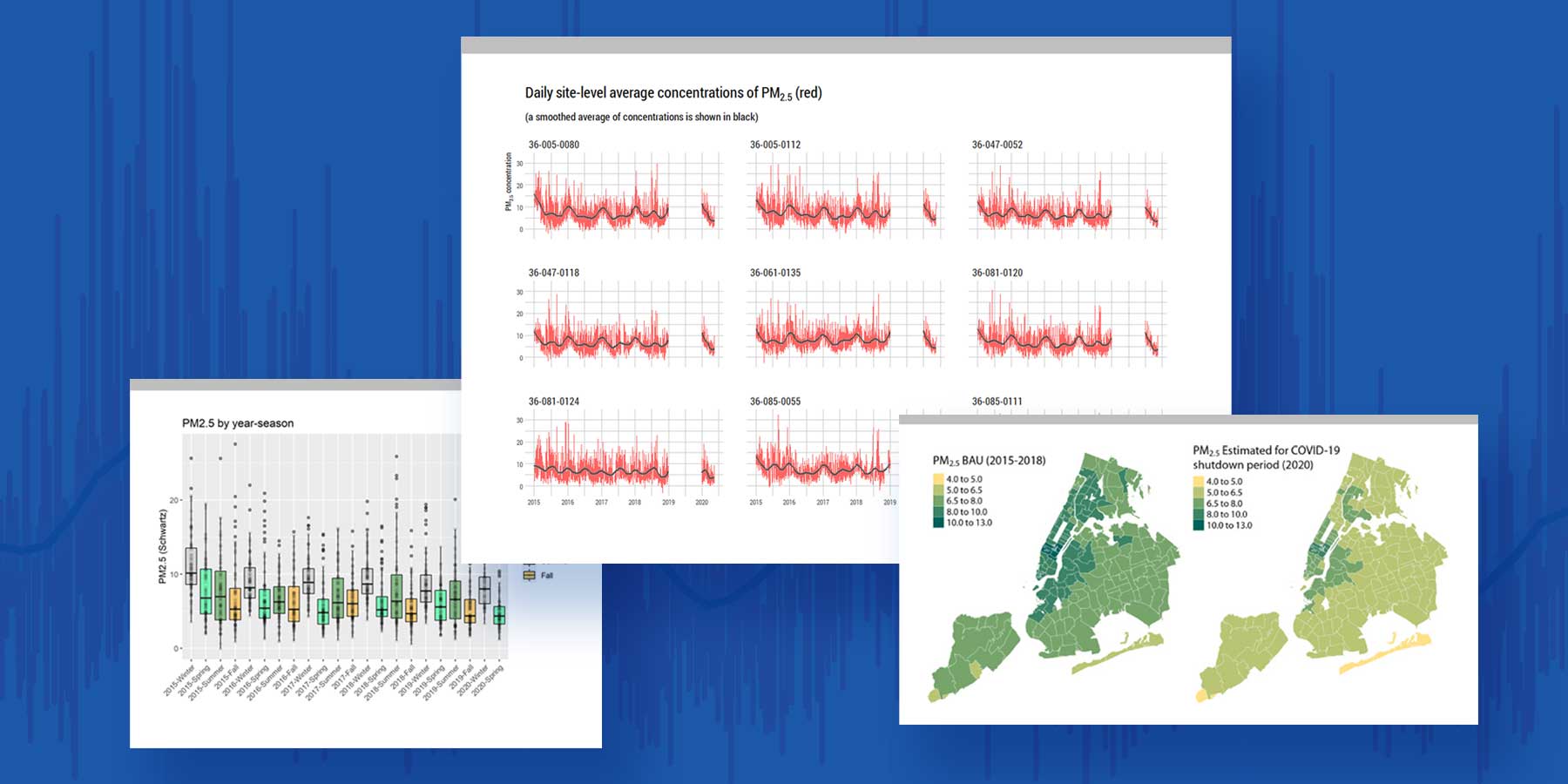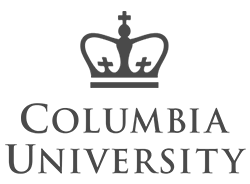Data science for Columbia University
Measuring COVID-19's impact on air quality

The project
Columbia University's Center for Children's Environmental Health came to us with a question. What kind of impact did the COVID-19 shutdown in New York City have on the City's air quality? They tasked us with determining the change in air quality during the shutdown period compared with air quality during the same time of the year in previous years.
Our role
We collected and evaluated air quality data from multiple sources. This included time-varying data collected by the New York State Department of Environmental Conservation (as part of their regulatory efforts) and spatial data from the New York City Department of Health collected as part of their NYC Community Air Survey. We split the data into seasonal chunks, estimated citywide averages through time and assigned predictions to ZIP codes through the City.
We estimated a 23% improvement in fine particulate matter for the City during this period and Columbia used this figure to estimate the cumulative benefits for 2021-2025 in avoided cases of illness and death at $32-77 billion.
Features of the work
- Collected and processed temporal and geographic data on air quality levels in New York City
- Generated air quality estimates for the COVID-19 and pre-COVID periods
- Results were published in Environmental Research, a well-respected journal focused on environmental health and technology
Tools used

R
Made for
